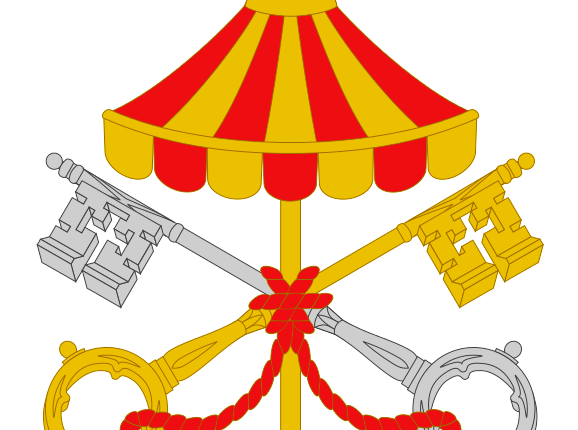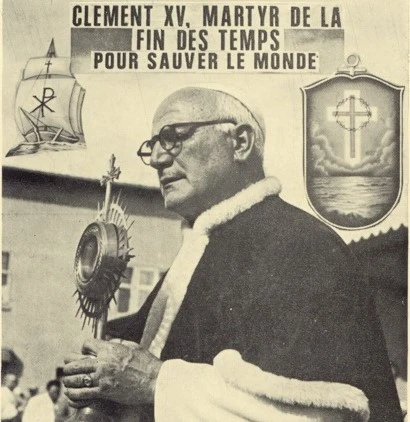Mitt syfte med boken Är påven katolik?: Traditionalistiska variationer på ett tema (Uppsala Studies in Church History, vol. 16; 80 sid) är att analysera olika traditionalistiska uppfattningar om huruvida de konciliära och post-konciliära påvarna–Johannes XXIII (1958–1963), Paulus VI (1963–1978), Johannes Paulus I (1978), Johannes Paulus II (1978–2005), Benedikt XVI (2015–2013) och Franciskus (2013–) verkligen varit sanna påvar eller om de har varit ledare för en ny icke-katolsk religion, av traditionalister ibland benämnd konciliereligionen, Novus Ordo-religionen, den vatikanska institutionen eller ”Kyrkan” inom citationstecken.
Det handlar i praktiken framförallt om diskussioner från mitten av 1960-talet till början av 1990-talet om huruvida Johannes XXIII och Paulus VI var motpåvar. För dem som hävdade att så var fallet var det självklart att även deras efterträdare var antipåvar.
Forskningen om merparten av de mer radikala traditionalistiska varianterna och deras syn på påven är begränsad och det finns, såvitt jag vet, ingen så bred och detaljerad översikt som denna på något språk.
Boken är tillgänglig i fulltext här:









